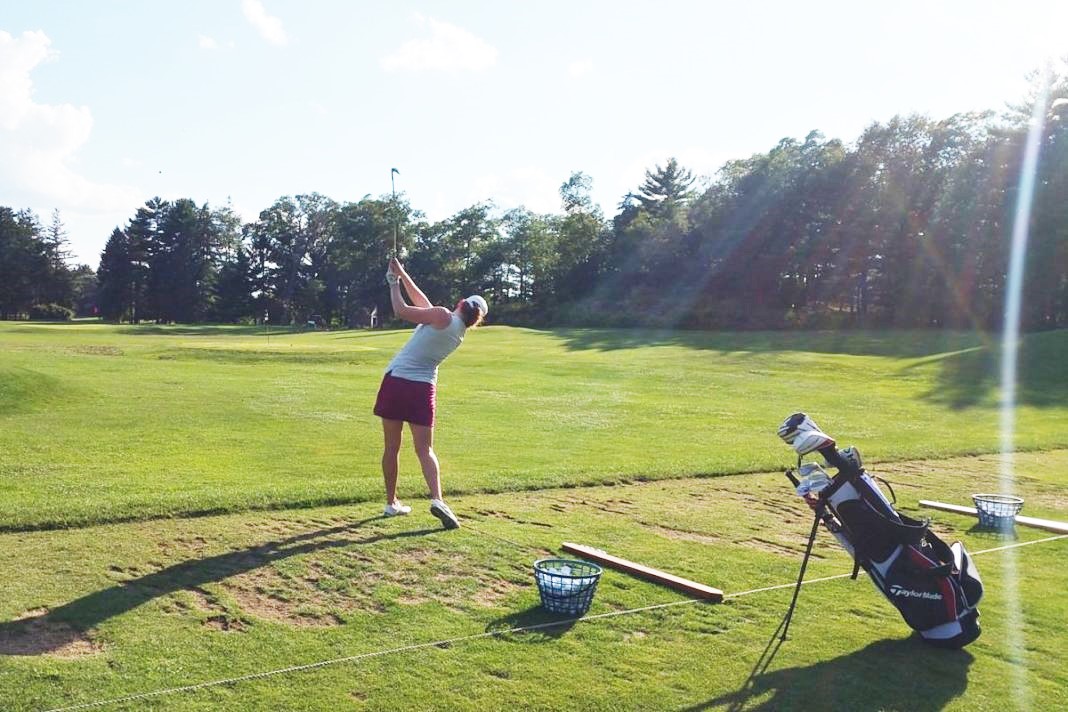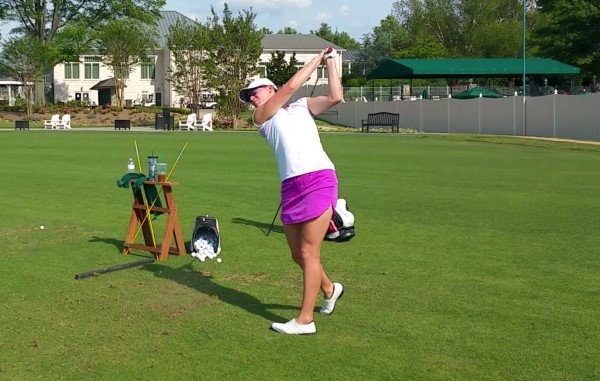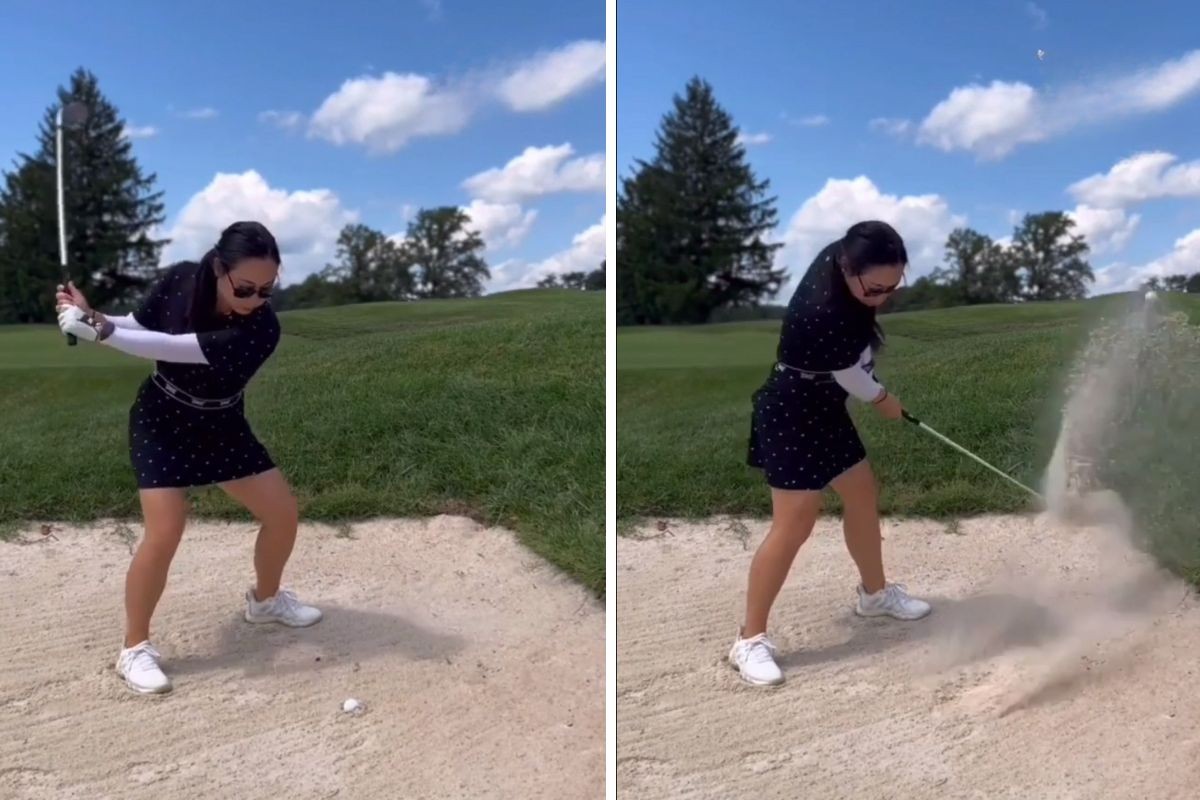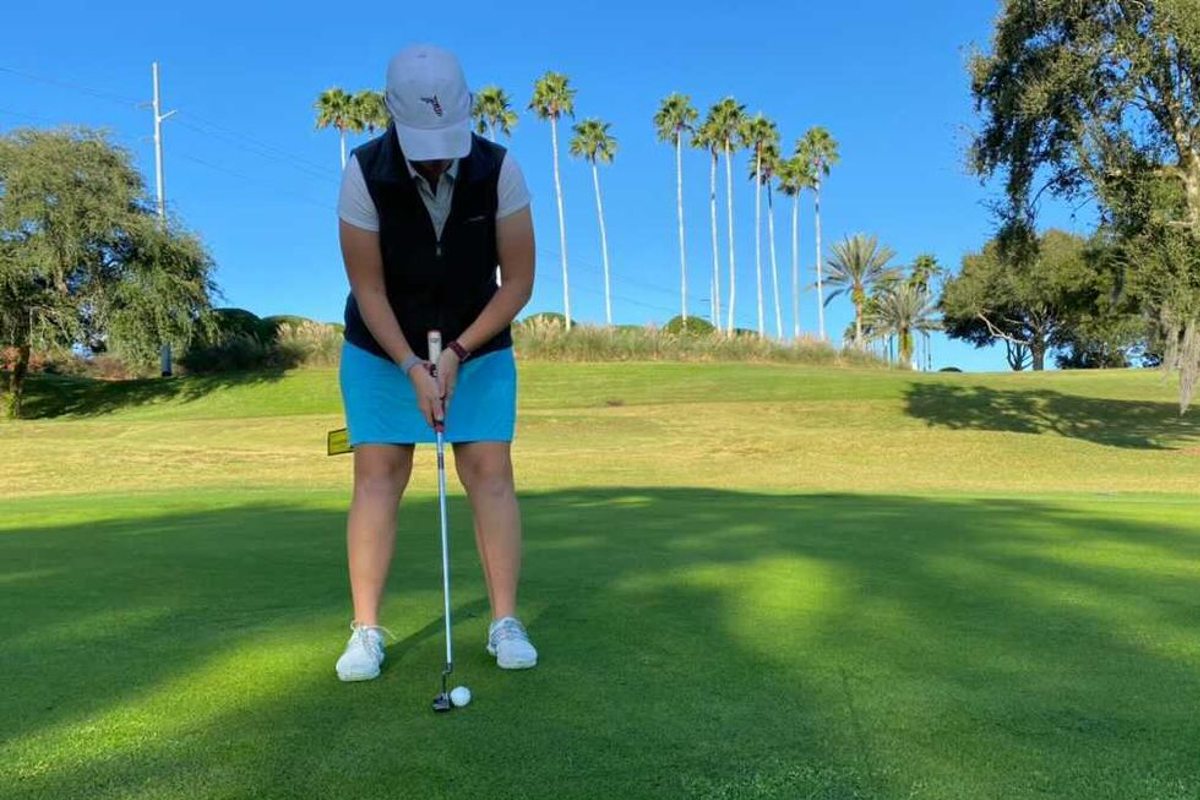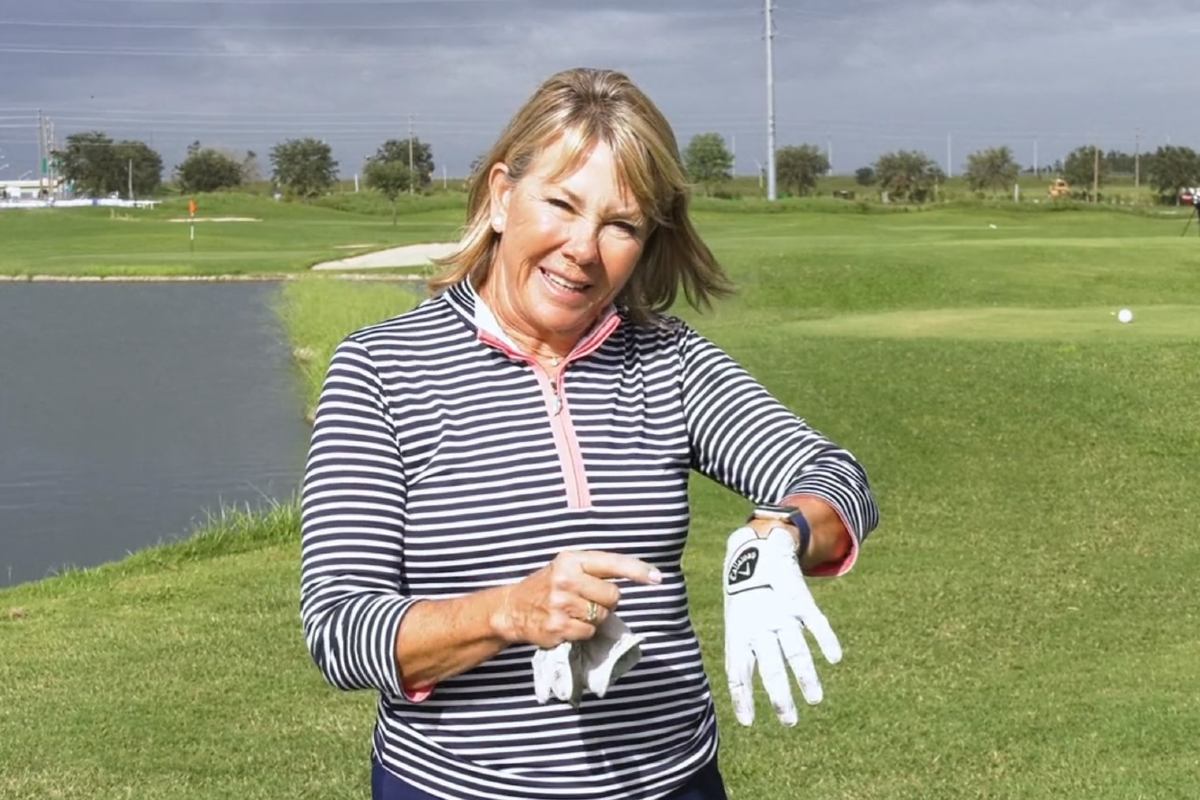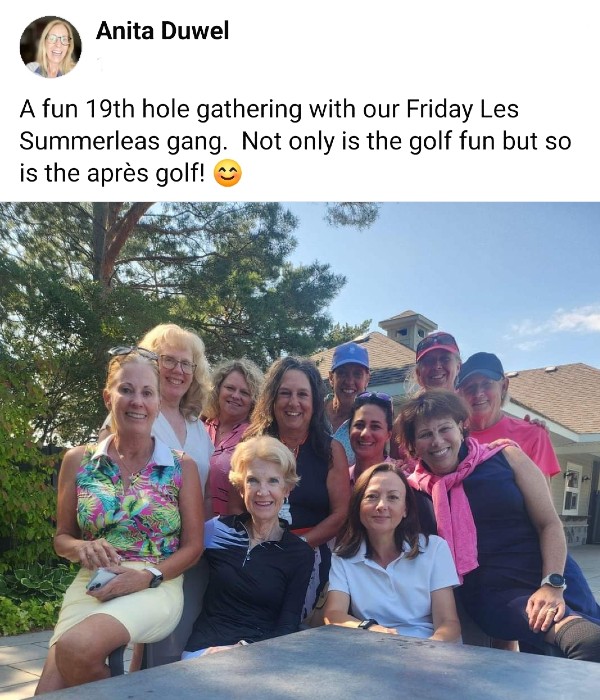How do you practice golf? Answer this question to yourself before going on…
Each time I have asked this question of golfers, whether they are pros or amateurs or even swing coaches, I receive very similar answers. The content of what is said is not as important as the next question…
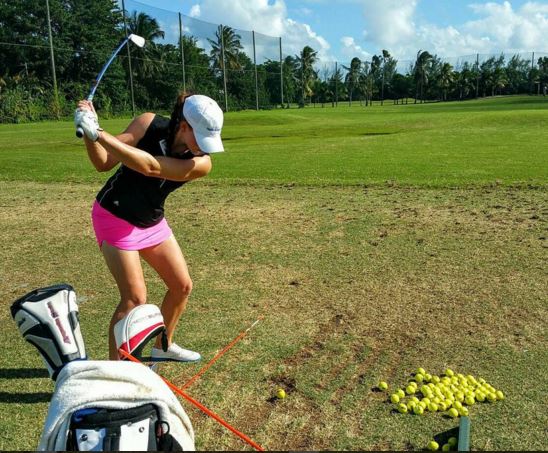 How do you practice golf – OPTIMALLY?
How do you practice golf – OPTIMALLY?
As soon as the word OPTIMAL is included in the question the answer changes….what is your answer when you compare the first set to the second set? Words are powerful as they produce “word images” in the brain. If you think of “911” v. “9/11” you will have two very different responses. The same is true with many words. Your intention will drive your attention…your attention will influence your performance. The process is based upon neuro-pathways in the brain. Choices of words are extremely important in all aspects of life.
Your intention will drive your attention…your attention will influence your performance. The process is based upon neuro-pathways in the brain. Choice of words is extremely important in all aspects of life.
My Recommendations for Optimal Golf Practice:
- Set Goals: Focus on one specific process goal at a time, i.e., feel the club accelerating through impact, shoulder turn, intense focus effort, etc.
- Start with an outcome goal. What do you hope to accomplish over time e.g., lower golf handicap (GHIN), focused concentration on the course, etc.
- Now establish a performance goal. That is a measurable one, such as fairways hit, greens hit in regulation (GIR) or the amount of Focused Effort (FE) for each shot on a scale of 1-10.
- Process goals are the specifics of accomplishing the performance goal, e.g. follow through of swing, hands at impact, mind directed to task at hand and control of external/internal distractions
- The 3 D’s: Deep, Dedicated, and Deliberate Practice: Matthew Cooke notes that deliberate practice is “The amount of game-like repetitions a player gets during practice.” Consider on-course practice and not only the range, short game area or putting green.
- Prioritize the areas of your game that require the greatest improvement
- Establish games in the practice routine: For example, 5 shots in a row within 5-10 yds. of your target.
- Block practice is refining one specific area of your golf swing. I suggest working on this portion of your swing for no more than 20 minutes on the range, short game area or putting green.Once you have developed this portion of the swing than randomize training is best. Changing clubs, making different shots or practicing with eyes open for one shot and eyes closed for another, can accomplish this.The reader is cautioned not to attempt eyes closed drills unless the area is safe. All of my players learn to do this on the putting green first, then to the chipping area and finally full swing. The randomized variation of differences in club selection and eyes open/eyes closed embeds the learning.
I asked former LPGA Tour Player Diana D’Alessio about her practice routine. She noted:
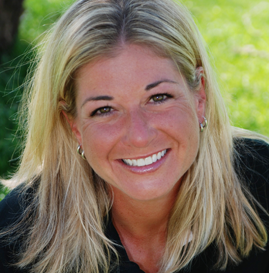
“I am a firm believer in a two different types of practice. There is skills practice – when you practice specific technique, shot selection, and repeating a particular shot to build confidence.
The second type of practice is play practice. With this type of practice, I am still on the practice range, but I play the golf course on the range. If I am familiar with the course I am going to play, I am able to visualize the first hole and what type of tee shot is required. I will know approximately what I will be hitting on my approach shot, so I can visualize that shot and play it. If you are lucky enough to have a practice green nearby, you can even walk over to the practice green and putt the 20 footer that you have left yourself after the approach. The key with this practice session is not to rush it. Hit your tee shot, put your club away, grab a sip of water, walk around for a bit, and then come back to your station and play your next shot.“
More to come on specific practice techniques in future articles.
Happy golfing!
Dr. Nick
Featured player images in this article are of Casey Kennedy who is currently playing on the LPGA Symetra Tour. Read Casey’s interview and player journal.

